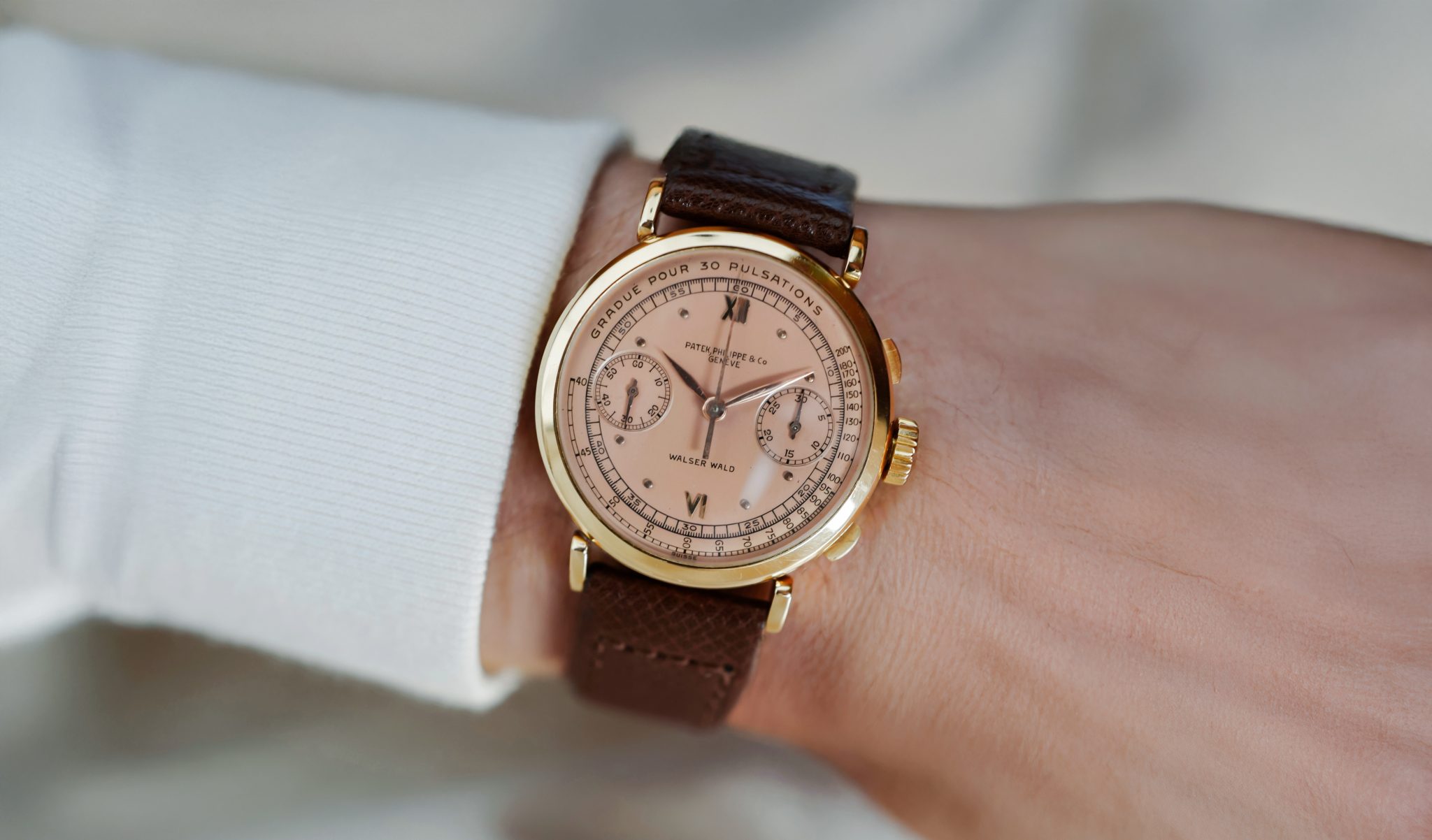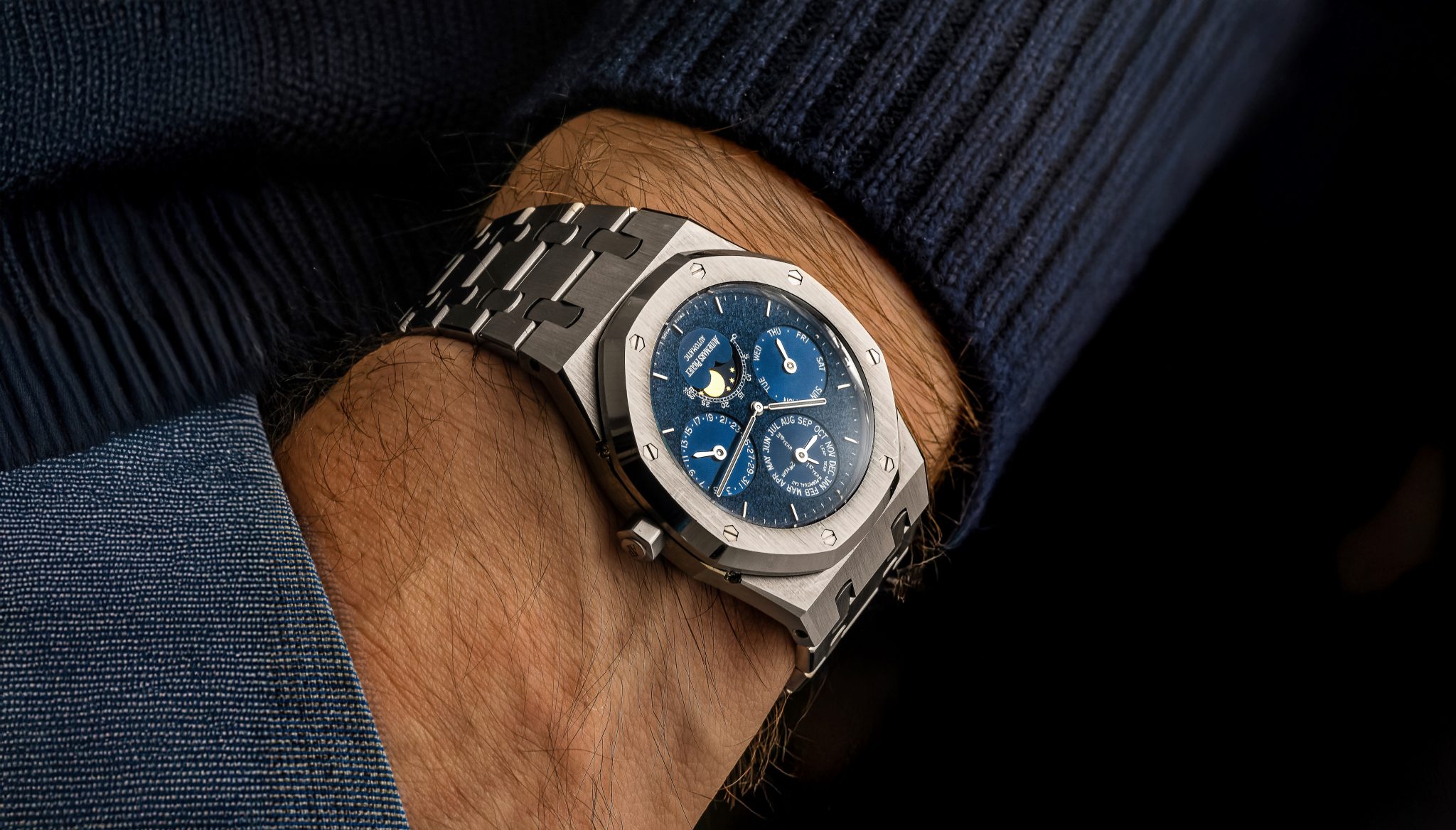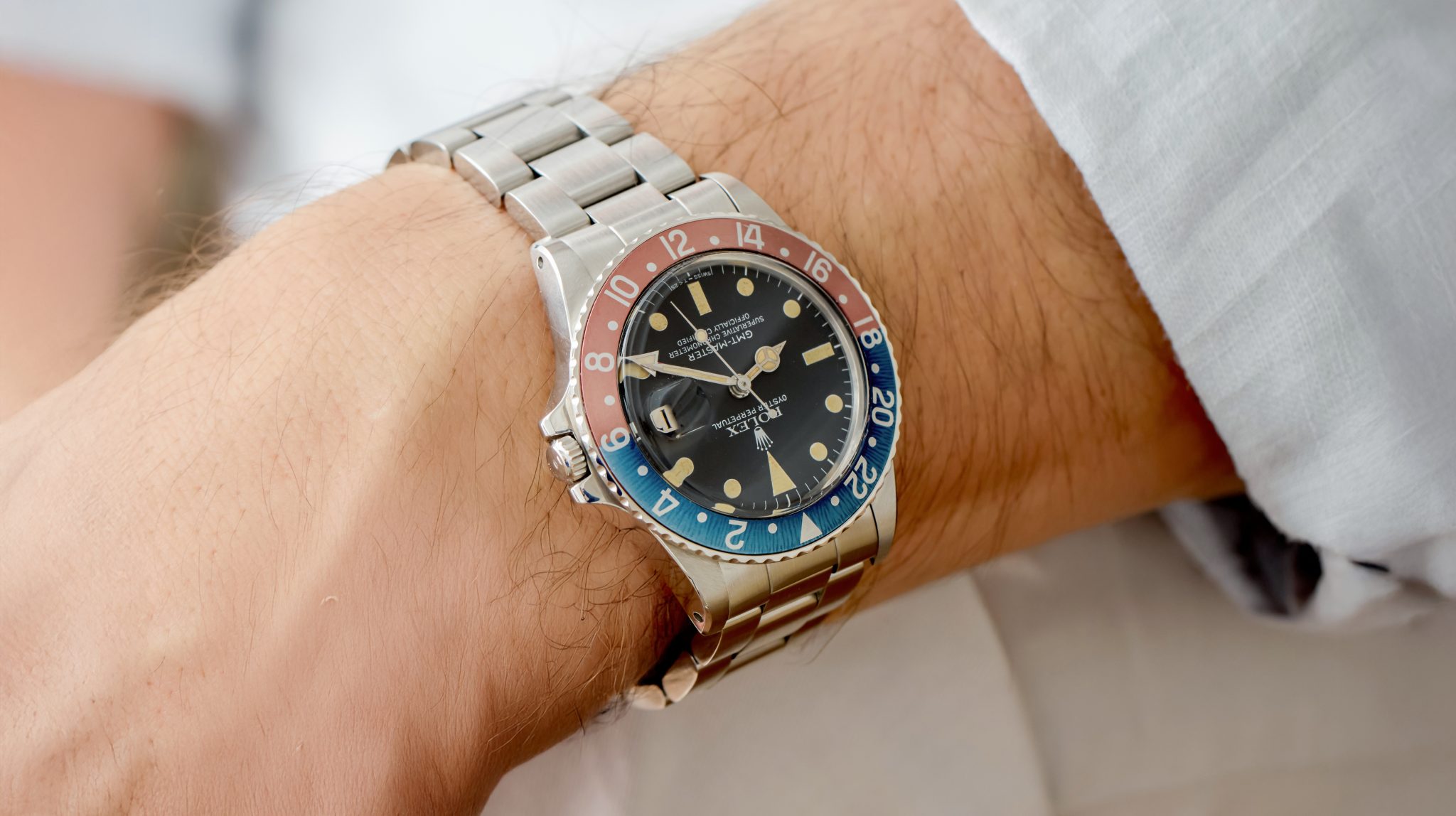
Transitional Matte Dial 16750 Rolex GMT-Master
Welcome one, welcome all to the start of the quickset date. I know the 1675 is as incredible a recipe of vintage charm, practical complication, and bright color as exists in vintage Rolex. But, if we’re all honest, it’s really annoying to set the date on. The early 16750 marked the first new GMT-Master reference in over two decades. Many would call it transitional, taking the reins from the 1675 with a matte dial and passing the throne to the GMT-Master II in 1982. However, the recipe changed considerably halfway through 16750 production, with the introduction of white gold surrounds in the same 16750 ref. But you can have your cake and eat it too. The early production of 16750 is a bit of a sweet spot between perfect vintage looks and proportions with the usefulness of a quickset and higher beat rate.
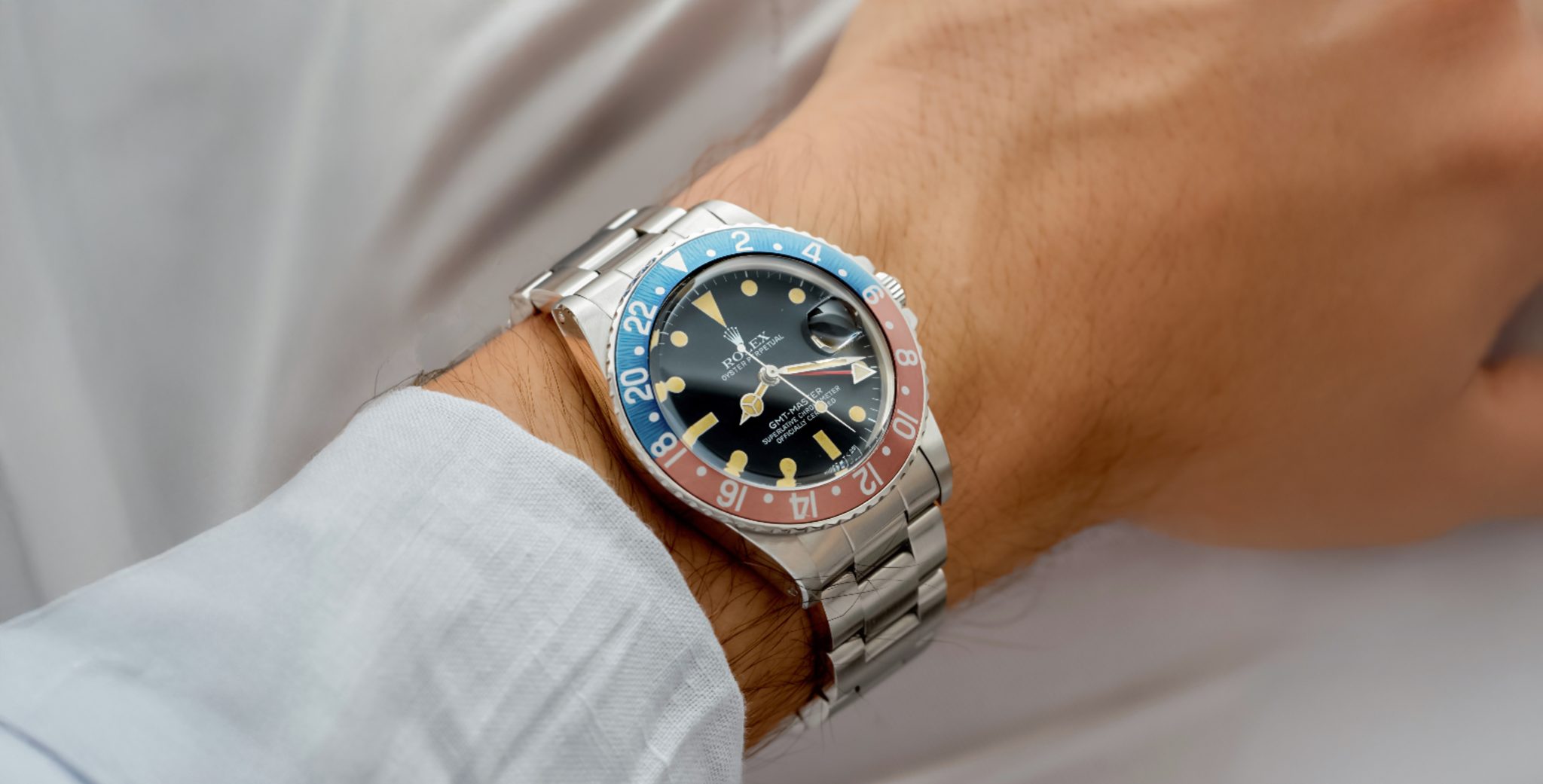
Further, Tom Selleck in Magnum PI wore one. The 16750 goes with mustaches and floral shirts, it’s the poster watch of that time. And of course Tom went early transitional as well. There’s a lot of interest here besides just the updated calibre 3075. The crown guard shape changed. The order of the handstack switched around, where the 24-hour hand rose up one position. Rolex also revised the case design allowing for 100m water resistance over the previous 50m. The fact that the matte 16750 and the 16760 ‘Fat Lady’ were sold alongside each other in cases in the mid-80s and some people chose the Fat lady disproves the Flynn effect.
The best bit of the 16750, however, is that they really aren’t aggressively collected. While they were produced in volumes, a great matte 16750 is a more difficult hunt than a great matte 1675. Many collectors will only consider matte dials and there is a premium there. But values are almost identical with the late 1675s, condition held equal. Like this time in all Rolex, it’s about attractive patina and case preservation. There are valid reasons to choose early five or four digit GMT-Master. But we can all agree both are more beautiful than the GMT-Master II. Perhaps I’ll let Magnum PI tell you why to go 16750, because he was actually interviewed on the topic. He noted, ‘I’ve always loved that watch. It was the perfect match for Magnum. It’s a watch that likes action, and believe me I know what I’m talking about. I’ve had my fair share of ‘sport’ watches but never one as tough as the Rolex. It’s been underwater, buried in sand, taken I don’t know how many knocks, and never a problem.’
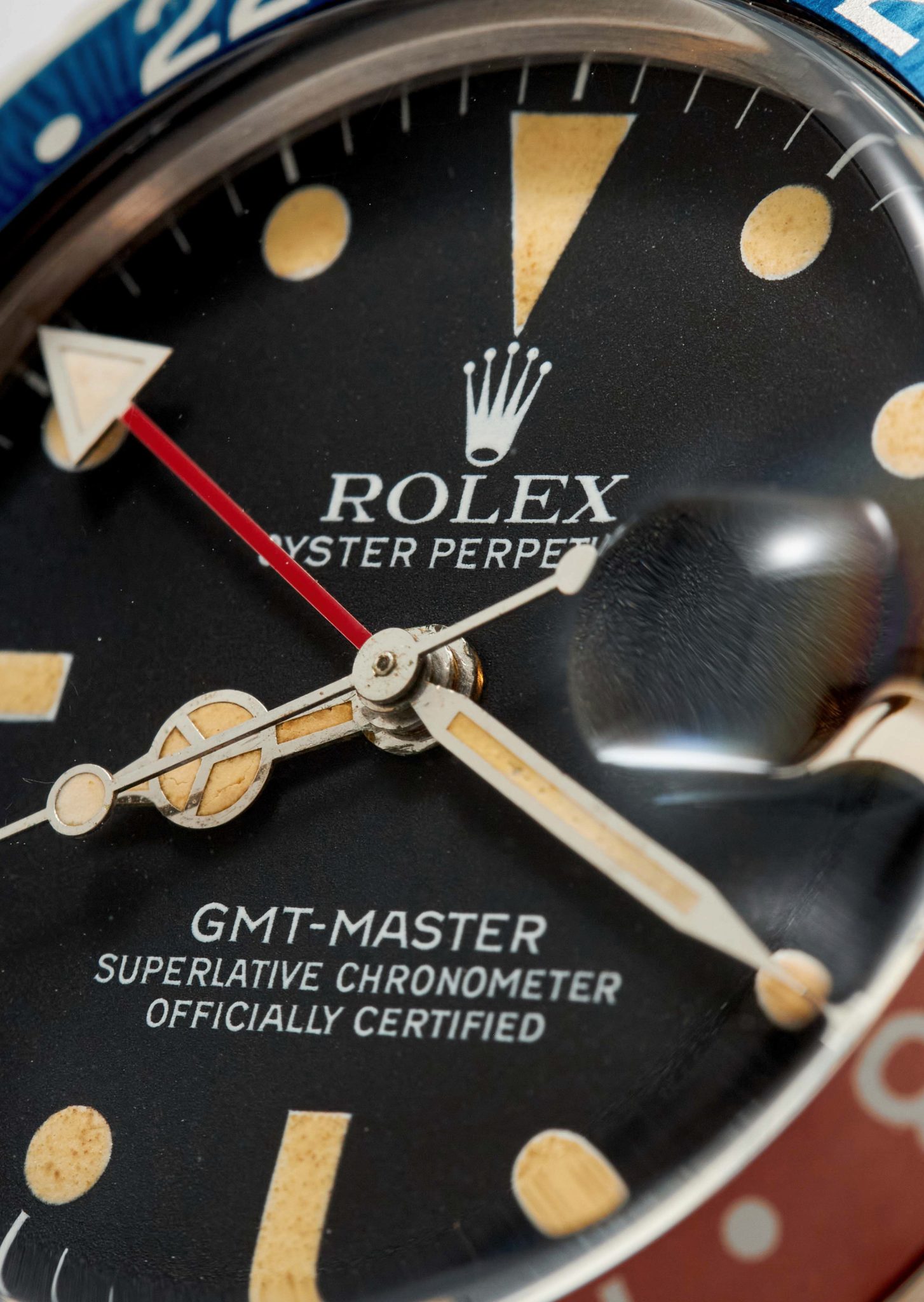
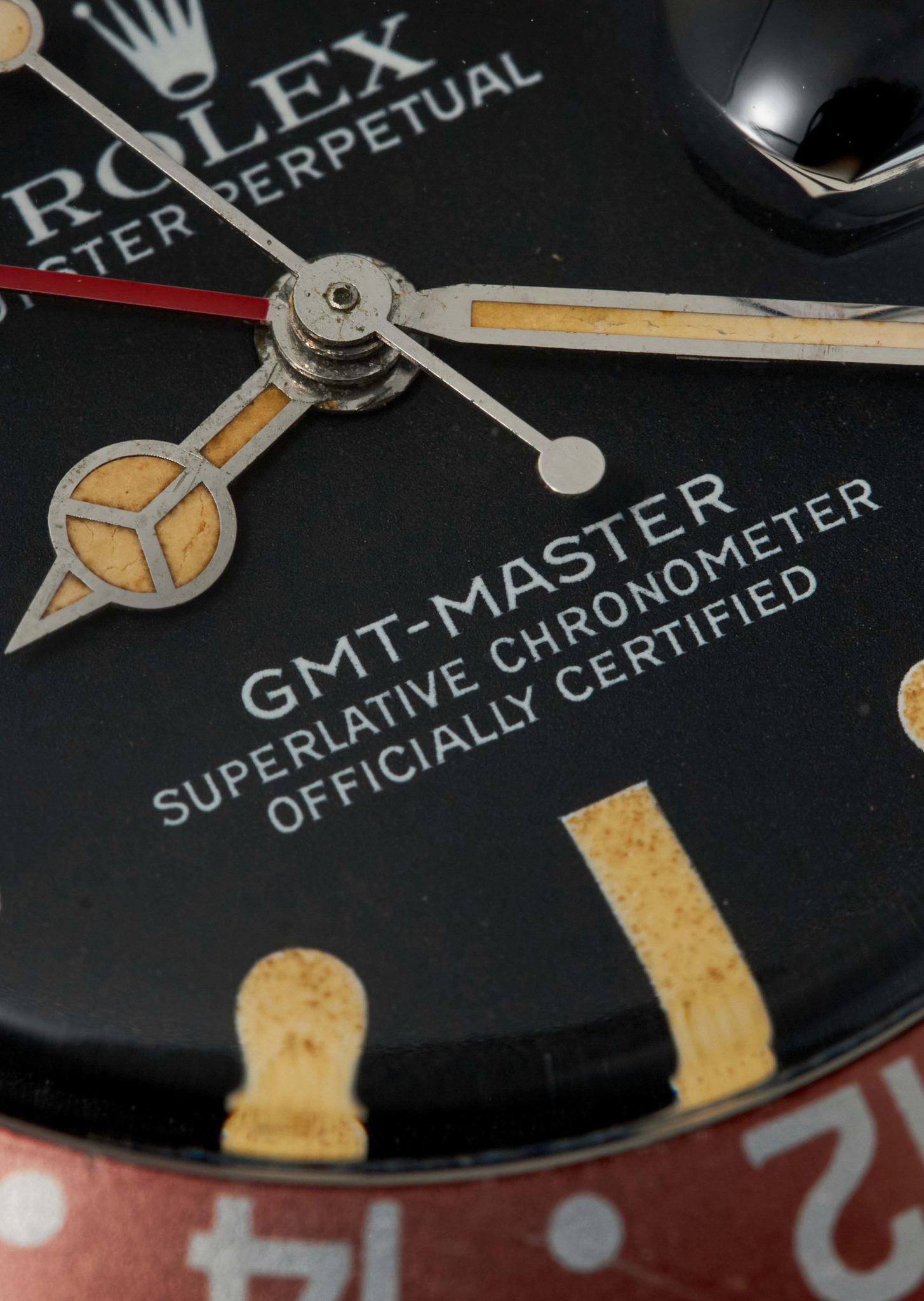
This example sports an even, consistent, and honest patina. The tritium has deepened to a honey tone with mild fissures visible in the handset. Its case is lightly polished, which should be noted, but I’d argue full enough to still be attractive. The serial dates to 1981, which is bang-on for this dial, with a bracelet near at 82. It’s a lovely used and not abused example, coming from a well-regarded Spanish retailer.





